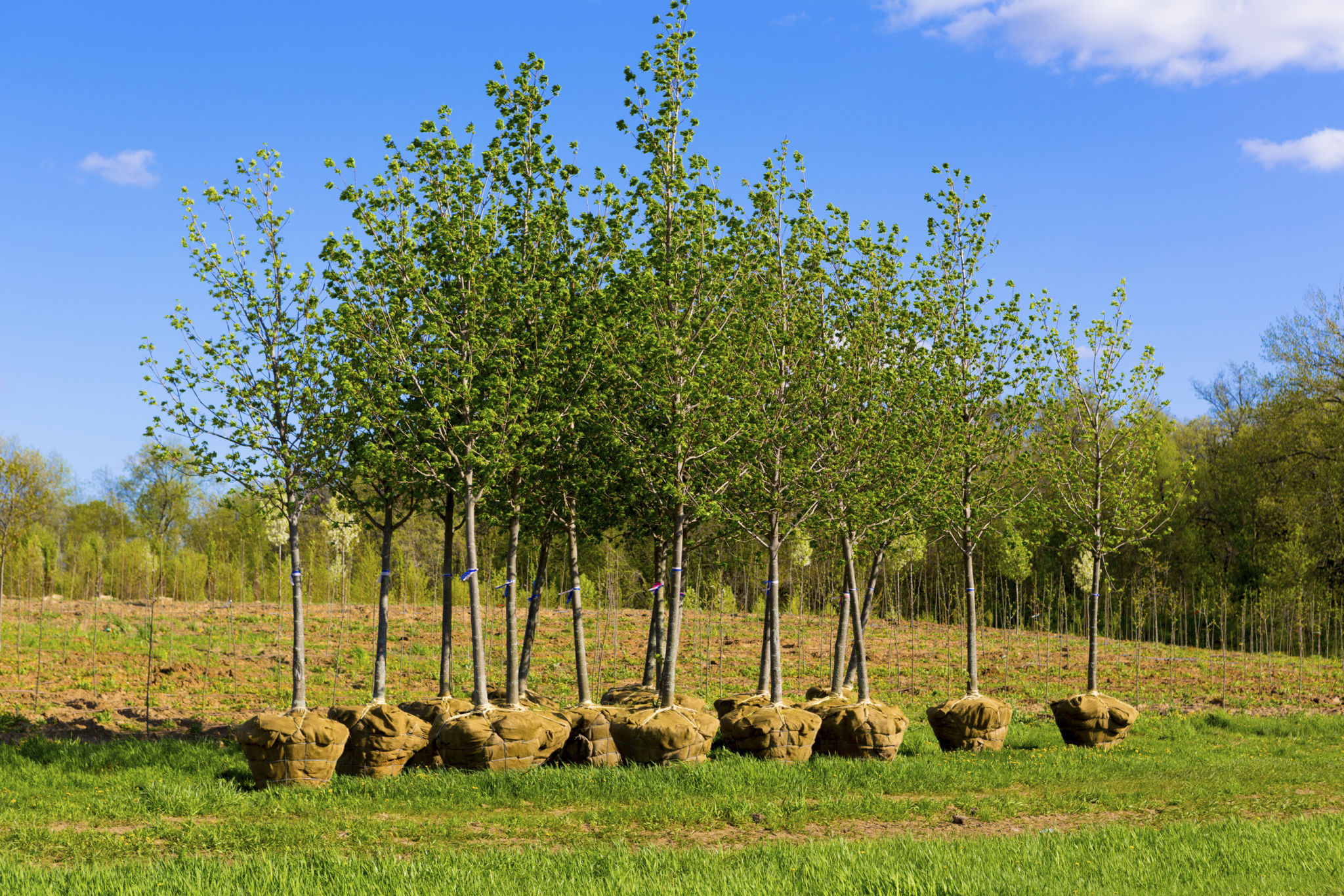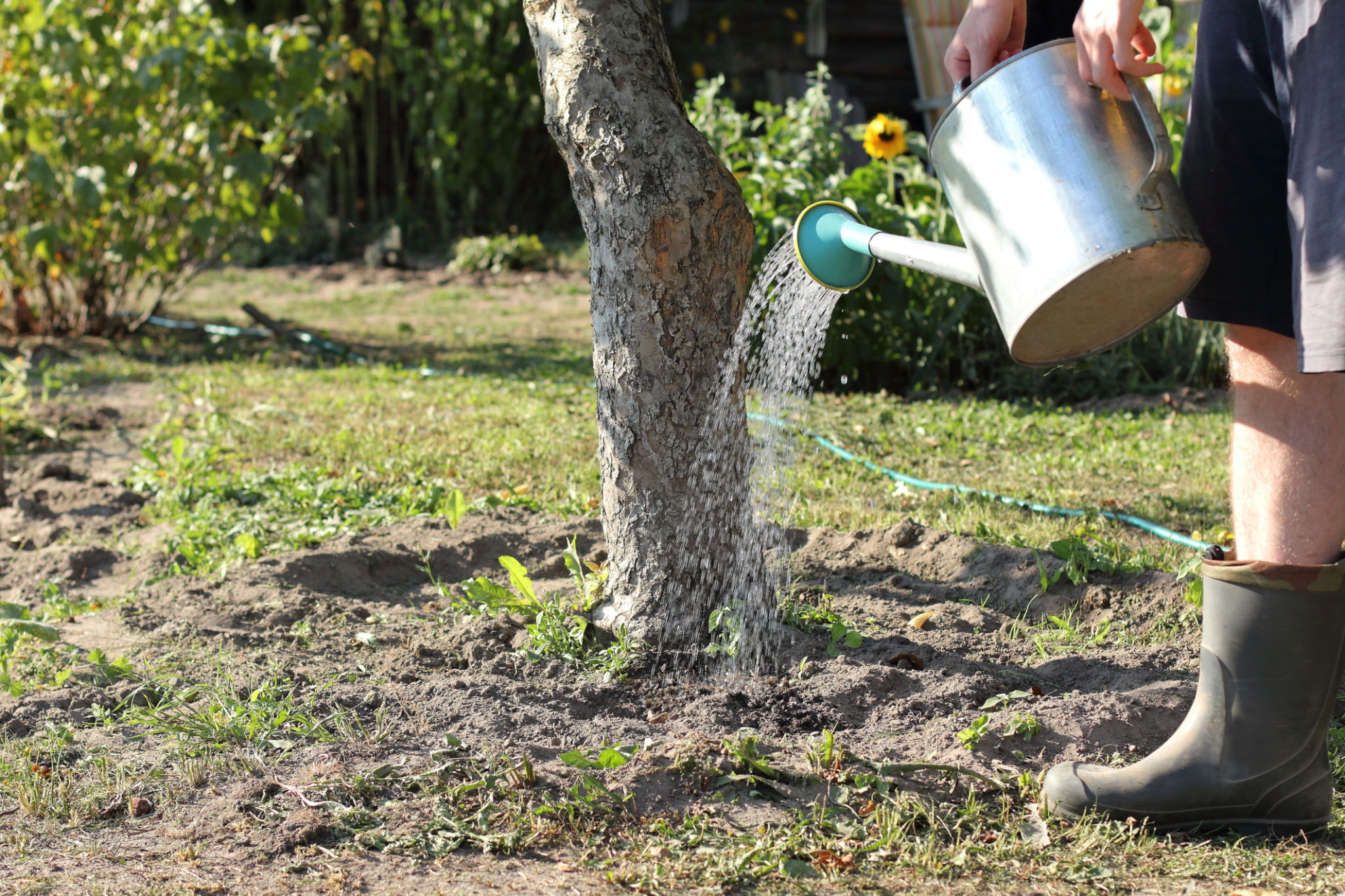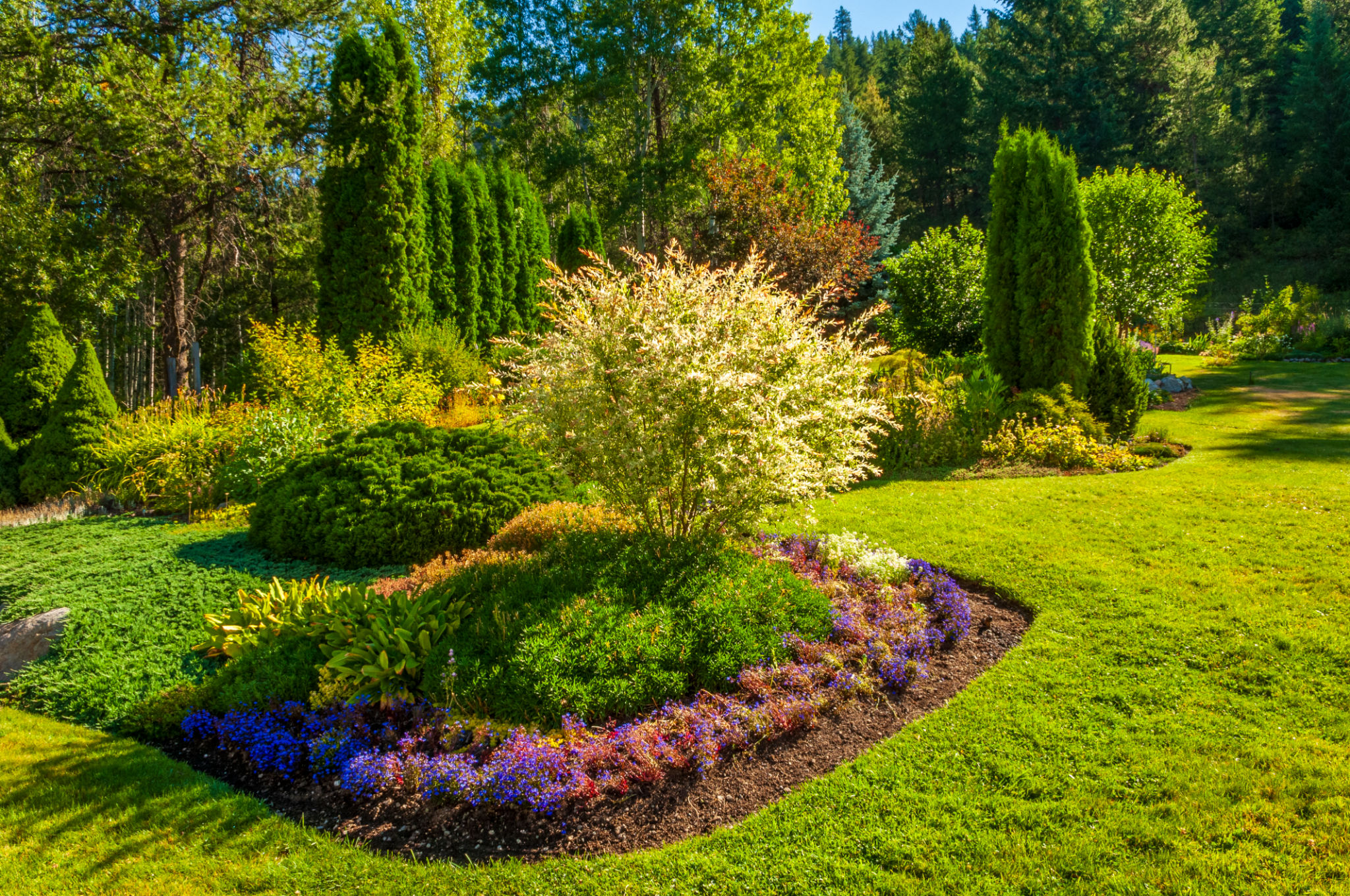DIY Tree Planting Guide for Dunfermline Homeowners
Understanding Your Local Environment
Planting trees in Dunfermline can be a rewarding endeavor, but it requires an understanding of the local environment. Dunfermline's climate, soil type, and available sunlight all play crucial roles in determining which tree species will thrive. Before you start digging, take some time to assess these factors. A soil test can be particularly helpful in identifying nutrient levels and pH balance, providing you with the necessary information to choose the right tree.

Choosing the Right Tree Species
Once you've analyzed your local environment, it's time to select the appropriate tree species. In Dunfermline, native species are often a safe bet as they are well-adapted to the local climate. Consider trees like the Scots Pine, Silver Birch, and Rowan. These species not only thrive in the area but also support local wildlife and maintain ecosystem balance.
Preparing the Planting Site
Before planting, clear the area of any debris or weeds. This will reduce competition for nutrients and water. Dig a hole that is twice as wide and just as deep as the tree’s root ball. This allows the roots to spread easily and establish themselves more quickly. Make sure the soil is loose and well-drained, which will help prevent waterlogging and root rot.

Planting Your Tree
When placing your tree in the hole, ensure that the top of the root ball is level with the ground surface. Fill in the hole with a mixture of the excavated soil and some organic compost to enrich the soil structure. Water the tree thoroughly after planting to help settle the soil and eliminate air pockets. Mulching around the base can conserve moisture and regulate soil temperature.
Watering and Maintenance
Young trees require consistent watering to establish strong roots, especially during dry spells. Water deeply once a week rather than frequent shallow watering. This encourages deep root growth. After the first year, your tree will need less frequent watering as it adapts to its environment.

Protecting Your Tree
Trees are vulnerable to pests and physical damage, especially when young. Use tree guards or fencing to protect against animals like rabbits or deer. Regularly inspect your tree for signs of disease or pest infestations. Early detection and treatment can prevent major damage.
Benefits of Adding Trees to Your Property
Planting trees on your property not only enhances its aesthetic appeal but also offers environmental benefits. Trees improve air quality, provide shade, and increase property value. They create habitats for wildlife, contributing to biodiversity in your garden.

Long-Term Care and Considerations
As your tree grows, it may require pruning to maintain its shape and health. Regularly check for dead or diseased branches, and remove them promptly. Consider professional arborist services if your tree requires significant pruning or if you're unsure about how to proceed safely.
Planting a tree is an investment in your property and the environment. By following these guidelines, Dunfermline homeowners can enjoy the benefits of their own thriving trees for generations to come.